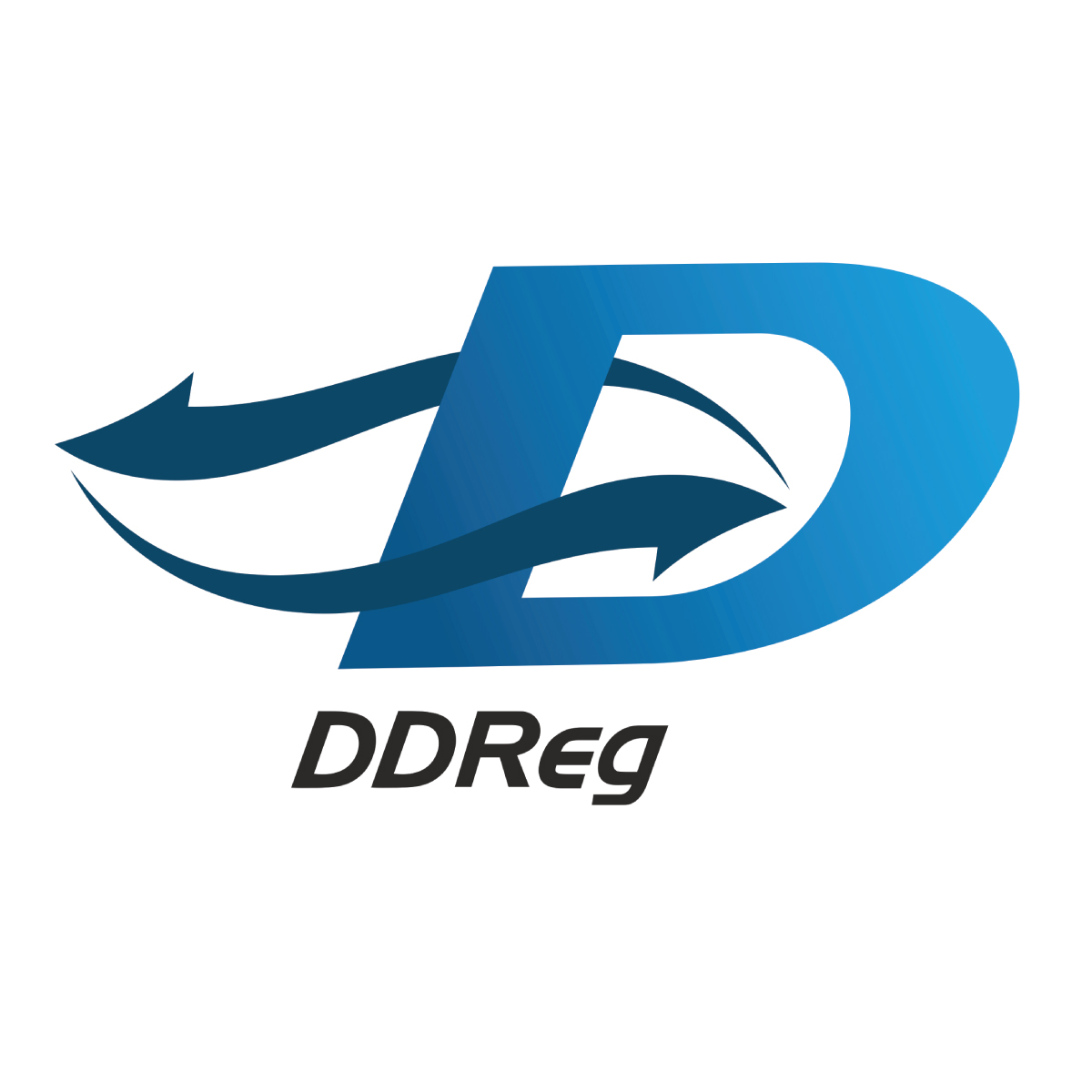Pharmacovigilance and regulatory services are critical pillars in the U.S. healthcare system, ensuring that medicines are not only effective but also safe for public use. These services involve tracking, analyzing, and responding to adverse drug reactions, as well as navigating the regulatory frameworks set by government agencies like the Food and Drug Administration (FDA). This blog dives into the importance of pharmacovigilance, the structure of regulatory services in U.S., and how these systems work together to protect public health.
What is Pharmacovigilance?
Pharmacovigilance (PV) is the process of monitoring, evaluating, and preventing adverse effects of pharmaceutical products. Its ultimate goal is to ensure that any potential risks associated with drug use are identified, assessed, and managed effectively. In the U.S., PV involves the rigorous tracking of adverse events from clinical trials through post-marketing, ensuring that drug safety remains a priority at every stage of the product lifecycle.
Key Objectives of Pharmacovigilance
Pharmacovigilance focuses on:
- Detecting adverse drug reactions (ADRs): Early identification of negative side effects.
- Assessing risk-benefit balance: Evaluating the safety profile of drugs over time.
- Preventing harm: Implementing measures to minimize risk to patients.
- Promoting safe use: Educating healthcare providers and patients on safe drug practices.
By maintaining an active surveillance system, PV helps ensure that the benefits of a drug outweigh its risks, ultimately safeguarding patients and fostering trust in the healthcare system.
Importance of Pharmacovigilance services in USA
Pharmacovigilance is crucial in a country like the U.S., where pharmaceutical innovation is high, and new treatments are constantly emerging. The FDA mandates stringent requirements for PV activities, especially after the 2007 Food and Drug Administration Amendments Act (FDAAA), which gave the FDA increased authority to enforce safety measures. This legislation led to the development of the Risk Evaluation and Mitigation Strategies (REMS) program, which outlines specific safety protocols for high-risk medications.
Regulatory Framework for Pharmacovigilance in the USA
In the U.S., the FDA is the primary body responsible for overseeing pharmacovigilance activities. The regulatory framework includes:
- Pre-Market Surveillance: Monitoring safety and efficacy data from clinical trials.
- Post-Marketing Surveillance (PMS): Ongoing assessment of a drug’s safety once it’s available to the public.
- Risk Management Plans (RMPs): Documenting strategies to mitigate risks associated with drug use.
- MedWatch: The FDA’s online reporting system for adverse events, enabling healthcare professionals and patients to report ADRs directly.
This framework ensures that pharmaceutical companies remain accountable for the safety of their products, and that any emerging risks are promptly addressed.
The Role of Regulatory Services in Pharmacovigilance
Pharmacovigilance relies on strong regulatory affairs services to enforce standards and maintain compliance with safety guidelines. Regulatory services help ensure that pharmaceutical companies are following FDA requirements and managing drug safety effectively. These services involve:
- Compliance Oversight: Ensuring adherence to FDA guidelines for drug safety reporting.
- Labeling and Documentation: Making sure that drug labels and patient information include accurate safety information.
- Periodic Safety Update Reports (PSURs): Regular reports submitted by pharmaceutical companies detailing the ongoing safety of their products.
- Audits and Inspections: Routine inspections by the FDA to confirm compliance with safety protocols.
By setting and enforcing these standards, regulatory services help maintain high safety standards and trust in the healthcare system.
How Adverse Drug Reactions Are Reported
Adverse drug reactions are reported through multiple channels, including healthcare providers, patients, and pharmaceutical companies. The FDA’s MedWatch system is a critical tool in this process, allowing anyone to report a drug reaction. Reports are then reviewed, and if necessary, the FDA may issue a warning, mandate labeling changes, or even withdraw a drug from the market if risks are deemed unacceptable.
The Importance of Risk Evaluation and Mitigation Strategies (REMS)
Certain medications, particularly those with a high risk of severe side effects, are subject to the REMS program. REMS protocols include requirements for additional monitoring, special training for healthcare providers, and restricted distribution channels. This targeted approach helps manage and mitigate risks for drugs that offer unique benefits but come with potential safety concerns.
The Future of Pharmacovigilance in the USA
Pharmacovigilance is evolving rapidly, with new technologies, data analytics, and artificial intelligence (AI) transforming how adverse drug reactions are detected and managed. Emerging tools in pharmacovigilance include:
- Real-Time Data Analytics: Using AI and machine learning to detect safety signals in real time.
- Electronic Health Records (EHRs): Leveraging patient data to monitor for potential adverse effects.
- Mobile Reporting Tools: Enabling patients and healthcare providers to report ADRs quickly and easily.
- Social Media Monitoring: Observing public discourse for early warning signs of potential drug issues.
These advancements will further enhance drug safety, enabling quicker responses to potential risks and more proactive patient protection.
Conclusion
Pharmacovigilance and regulatory services in the U.S. play a vital role in safeguarding public health by monitoring and managing drug safety. Through robust frameworks, ongoing surveillance, and technological advancements, these systems ensure that drugs remain safe and effective. By collaborating with healthcare providers, pharmaceutical companies, and patients, pharmacovigilance and regulatory services work to create a safer healthcare environment for everyone.
Check out our Software
